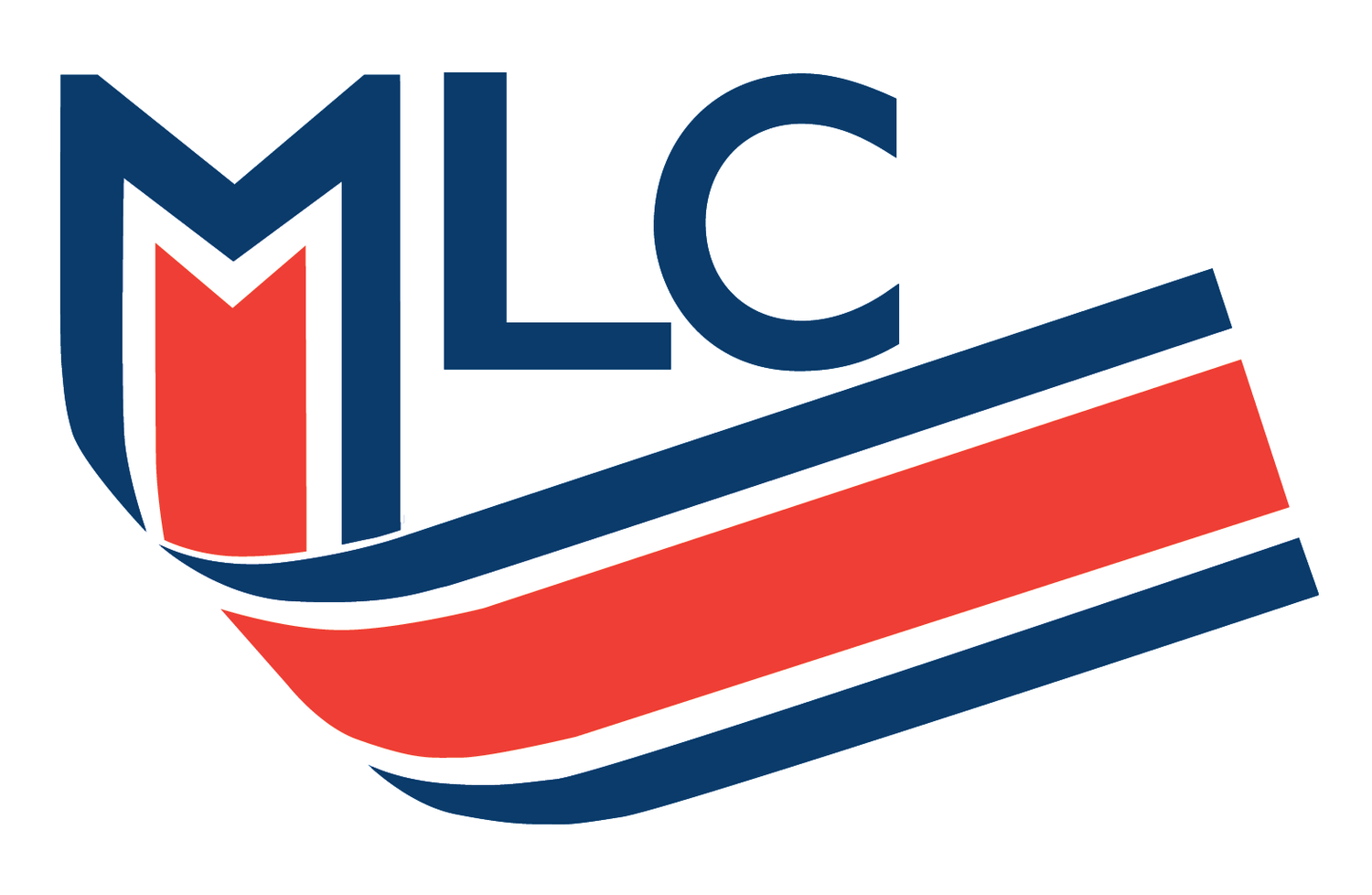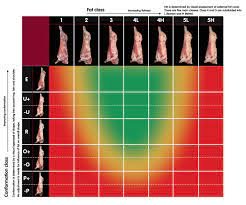The Evolution of the EUROP Grid: Pioneering Fair Payment and Quality in the Meat Industry
Unveiling the History and Evolution of the EUROP Grid
Since its establishment in November 1972, the EUROP grid has been a cornerstone of the meat industry, initially devised by the Meat and Livestock Commission (MLC) to ensure that carcasses presented for beef intervention payments met both welfare standards and eating quality. This system was adopted across the European Economic Community (EEC), serving as a universal language throughout the Common Market for meat quality assessment until the cessation of beef intervention on 14 November 2001.
In the years that followed, the red meat sector embraced the EUROP grid as a foundation for deadweight payment systems, although MLC has not maintained ownership beyond its initial development. Despite its widespread acceptance and use, recent discussions within the industry have highlighted potential limitations of the EUROP grid, particularly its focus on carcass presentation over meat quality attributes such as eating quality, texture, and accurate meat yields.
Comparatively, payment schemes in regions like North America, South America, and Australia/Asia have begun to recognise these quality traits, offering a more nuanced approach to producer compensation. The integration of modern technology and banking systems has already enhanced the efficiency of the EUROP grid, enabling producers to receive payments within days of stock presentation at abattoirs. This efficiency sets a precedent for further evolution of the system.
Adapting the EUROP Grid for Modern Demands
There is a growing conversation around adapting the EUROP grid to better reflect meat quality, texture, and yields. Such adaptations could involve using the EUROP grid as a base for initial payment at slaughter, with a secondary payment based on additional quality criteria. This proposed model aims to maintain producer cash flow and facilitate budgeting, requiring industry-wide collaboration for implementation.
MLC's Role in Future Developments
MLC stands ready to leverage its extensive knowledge of the meat sector as an equal partner in reviewing and potentially revising the EUROP grid. Recognising that the grid has not undergone significant review since its inception, despite considerable changes in genetics, breeding, finishing systems, and consumer preferences, MLC advocates for a re-evaluation that aligns with current industry and consumer needs.
A Call to Action for Industry-Wide Collaboration
The potential revision of the EUROP grid represents an opportunity for the meat industry to align payment systems more closely with quality and consumer expectations. MLC invites stakeholders across the sector to engage in discussions on modernising the grid, ensuring it continues to serve the industry effectively in an era of rapid change.
As we contemplate the future of the EUROP grid, MLC remains committed to fostering dialogue and innovation that benefits producers, consumers, and the meat industry at large. Join us in shaping a system that reflects the excellence and diversity of modern meat production.





